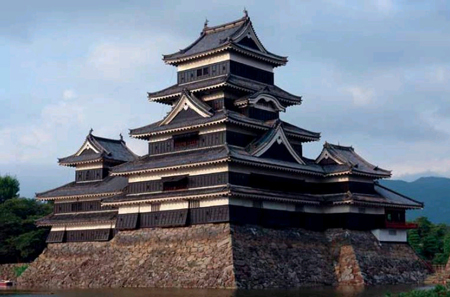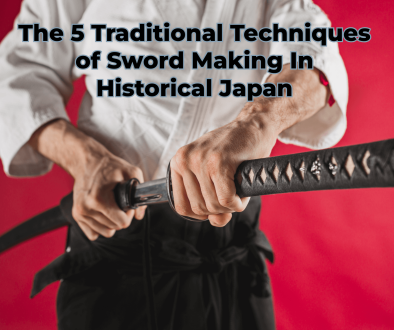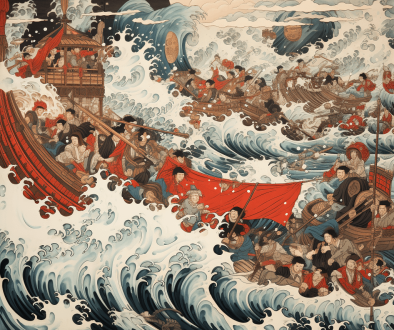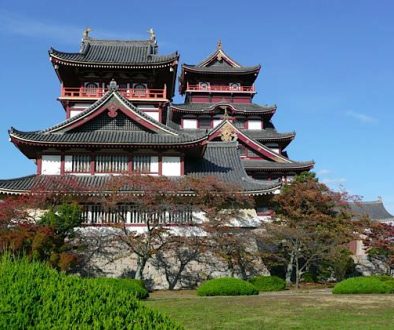Sengoku
From approximately 1467 to 1603 AD, in Japan, this was known as the Sengoku period (戦国時代). It was a period of war between states, and power struggles between the daimyo, who were the local lords. The Shogunate had lost influence and power over the local lords while struggling to maintain a Kamakura shogunate form of government.

They insisted on maintaining the same social-economic obligations and rights that had already been established by way of the Hojo clan. The fighting was mainly based on control of land and influence over the shogunate. During this period, because of the need for warriors, many people took up roles of samurai outside of the designated class rule.

This was the beginning of the end of the traditional lone samurai in society as a large number of infantry soldiers began to be employed. This ashigaru, or lightfoot, as they were known ranged in numbers up to hundreds of thousands. Money also played a huge role in the power struggles too, as trade with China increased, and Japan became more prosperous.
Significance of the Sengoku Period in Japan
The Sengoku period was a time of military conquest and political intrigue. This period is also known as the “warring states” era, which comes from the title of a book by Japanese historian Yoshida Toyoo. This book documents how close Japan came to completely losing its sense of national identity when the country was torn apart by constant warfare.
This period is also known as the “warring states” era, which comes from the title of a book by Japanese historian Yoshida Toyoo. This book documents how close Japan came to completely losing its sense of national identity when the country was torn apart by constant warfare.
The Main Obstacles and Threats Faced by the Japanese during This Period
The Sengoku period is typically defined as the time between the start of the 16th century to around 1600. The central figure at this time was Tokugawa Ieyasu who emerged victorious in a long-drawn-out power struggle.
The main obstacle during this time was foreign threats to the shogunate, most notably from Christian missionaries and European traders.
What Happened to Hironaga Hattori?
Hattori was the head samurai of the Tokugawa clan when Ieyasu besieged Odawara Castle in 1590. Hattori’s men repelled Ieyasu’s attack by setting up a makeshift defensive wall made from sacks of rice. Hattori was a famous samurai general who led the Tokugawa clan to victory over its enemies during the early days of the Sengoku period because of his wit, skill, and knowledge.
Hironaga Hattori is a samurai general who led the Tokugawa clan to victory during one of Japan’s most chaotic periods. He is best known for his wit and skill in combat negotiation and combat during this period.
Hattori enjoyed a long career as a military advisor to Tokugawa Ieyasu, assisting him not only with
The Rise to Power of Oda Nobunaga and Toyotomi Hideyoshi
Oda Nobunaga and Toyotomi Hideyoshi were considered the most influential daimyo during the period.
Nobunaga is well known for his military successes and was also a man of culture. He loved literature and art and often commissioned artists to create works for him.
Hideyoshi, on the other hand, is well known for his political skills. He was a shrewd politician who managed to unite Japan through various means such as politics, diplomacy, war, or sheer force.

The Decline and Fall of Tokugawa Ieyasu and His Retainers
Tokugawa Ieyasu was the first shogun of the Tokugawa dynasty. He was instrumental in establishing the shogunate, but he also faced criticism from some of his retainers.
Tokugawa Ieyasu was a man of many talents. He had a long military career, before becoming the undisputed ruler of Japan for over two decades. He was key to establishing the Tokugawa Shogunate and for this reason, he is considered one of Japan’s greatest heroes who helped unify Japan after centuries of civil war. Tokugawa Ieyasu had many talented retainers who served him well during his lifetime and after his death, but eventually, their loyalty turned into rebellion against him.

Social & Cultural Development
The Sengoku period, meaning “warring states period” in Japanese, is the feudal period of Japan that lasted from the 15th to 17th centuries. It followed the Muromachi period and preceded the Edo period.
This time frame is characterized by near-constant military conflict between clans and groups of samurai warriors. The first war was between Oda Nobunaga and Imagawa Yoshimoto in 1560. After this first war, there were other wars until 1600 when Tokugawa Ieyasu became shogun.


